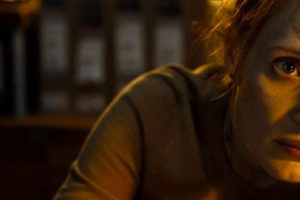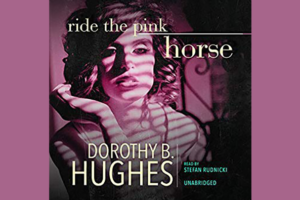
Film-Noir is a crime drama genre that emerged in the United States in the 1940s and flourished until the mid-1960s. It is characterized by a moody, atmospheric style that often uses shadow and light to create a sense of mystery and tension. Film-Noir is known for its dark themes, complex characters, and bleak outlook on life.
The origins of Film-Noir can be traced back to the early days of cinema when films were shot in black and white and used a visual style heavily influenced by German Expressionism. This style was characterized by chiaroscuro lighting, a technique that uses strong contrasts of light and shadow to create a sense of depth and drama.
Film-Noir is considered to have begun in 1941 with the release of The Maltese Falcon (1941) and continued until the mid-1960s. It begins at a time when the United States was emerging from the trauma of World War II and the Great Depression. The films of this period reflected the social and cultural anxieties of the time, as well as the sense of disillusionment and despair that many people felt.
One of the defining elements of Film-Noir is its use of a narrator, who is often a character in the film. The narrator helps to guide the audience through the story and often provides insight into the thoughts and motivations of the characters. This technique is often used to create a sense of mystery and uncertainty, as the narrator’s thoughts and actions may not always be clear or reliable.
Another characteristic of Film-Noir is its use of highly stylized visuals. Film-Noir is known for its high-contrast lighting, creating a sense of drama and tension. It also often uses unusual camera angles and shot compositions to create a sense of unease and disorientation.
The themes of Film-Noir are often dark and cynical, and the films often explore the seedy underbelly of society. They often feature stories about crime and corruption, and the characters are often flawed and complex. Many Film-Noir films also have a strong sense of fatalism, as the characters are often trapped in a cycle of violence and despair.
One of the most iconic elements of Film-Noir is the Femme Fatale. This seductive and manipulative woman is often involved in the film’s central crime. The Femme Fatale is often portrayed as a dangerous and mysterious figure, and she is often the catalyst for the film’s plot.

Although Film-Noir was popular in the 1940s and 1950s, it has continued to influence filmmakers and audiences in the decades, including currently. Many modern films, particularly in the crime and mystery genres, have been inspired by Film-Noir‘s visual and narrative style.
In conclusion, Film-Noirr is a crime drama genre characterized by its moody atmosphere, complex characters, and bleak outlook on life. Its use of narrators, stylized visuals, and themes of crime and corruption have made it a lasting and influential force in the world of cinema.
A Guide to Film Noir Genre – By Roger Ebert










Leave a Reply
Your email is safe with us.